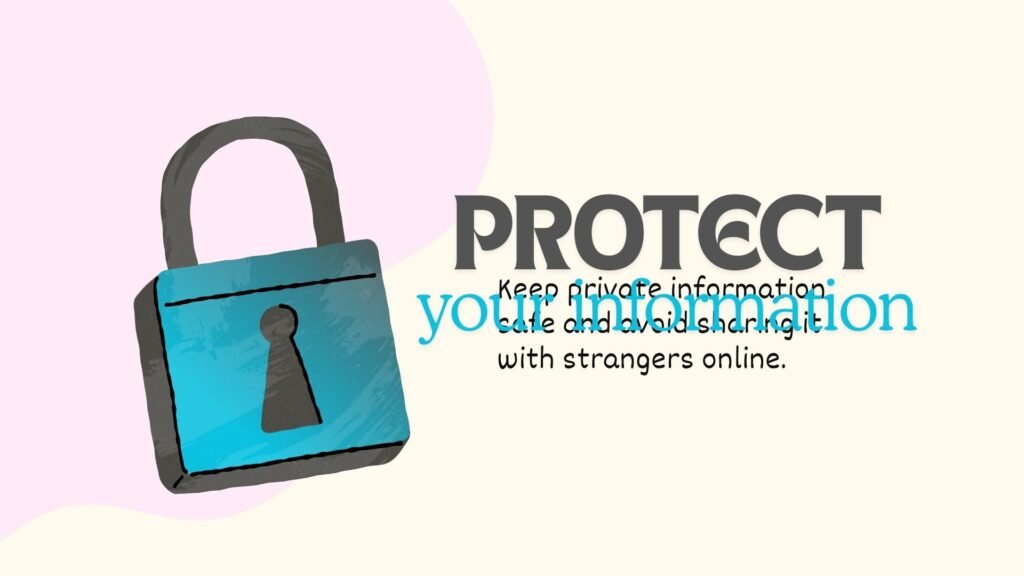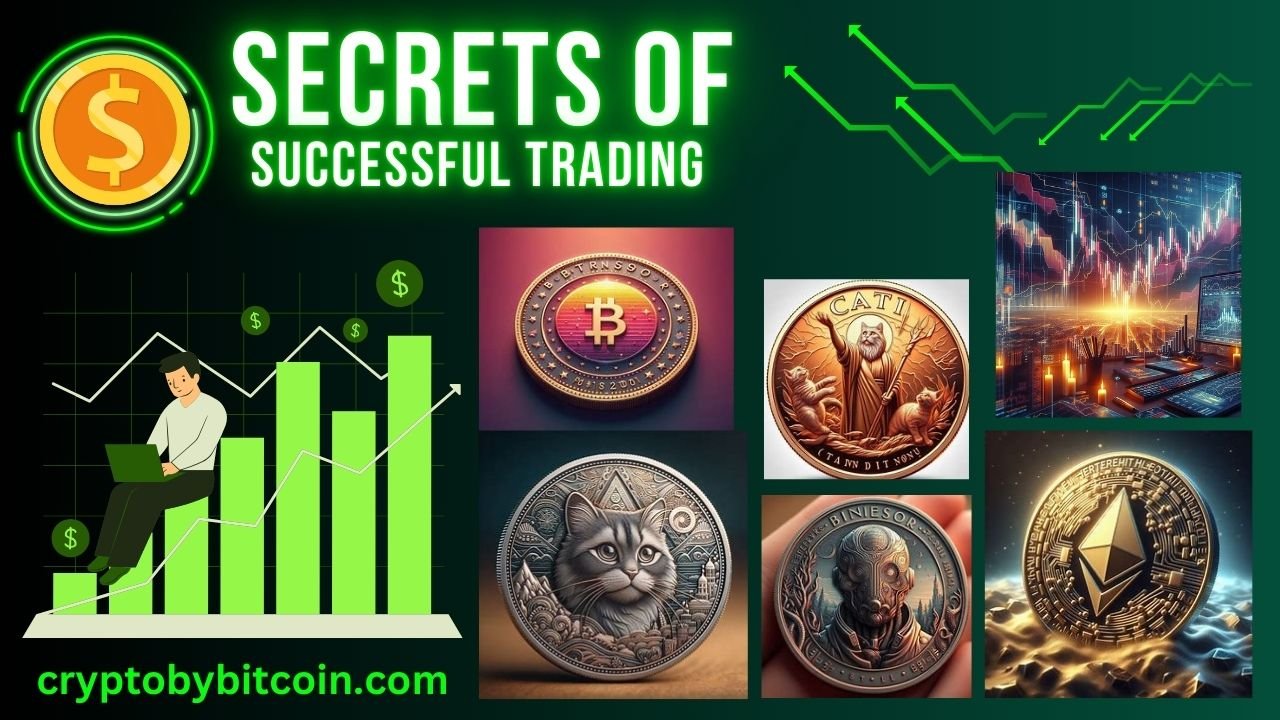NFT scams are on the rise, targeting unsuspecting buyers with tactics like fake websites, social media account theft, and counterfeit projects. Learn how to protect yourself from common NFT scams and secure your digital assets with expert tips.
Over the past few months, the use of NFT has become increasingly popular around the world. In particular, during the war in Ukraine, various charity art projects and collections began to appear to support Ukrainians. For example, the NFT artist community, together with the Ministry of Digital Transformation, launched the NFT War Museum , the purpose of which is to record Russian crimes and raise funds for Ukraine’s humanitarian needs.
However, the rapid popularity of NFT has also attracted cybercriminals, who quickly adapted their schemes to the new trend in the digital world. In this regard, ESET specialists decided to talk about the advantages and disadvantages of the new tool, as well as ways to protect against common NFT scams on the Internet.
What is NFT and what is its special feature?
NFT (non-fungible token) is a unique piece of digital data embedded in a file that has no analogues. This makes NFT a digital certificate that confirms the exclusive ownership of a certain virtual asset – photo, video or audio. The token contains all the information about the digital product, in particular, the owner’s data and the transaction history, which is stored in an open blockchain and cannot be replaced or deleted.
NFT artworks are sold on trading platforms that act as online stores. However, they often have vulnerabilities caused by insufficient security measures during the development stages. These errors are exploited by cybercriminals who can upload artwork with malicious code, steal victims’ accounts, or scam them out of their money.
In addition, the lack of regulation of the NFT market creates conditions for various scams . In particular, the fraudulent project ZelenskiyNFT was recently discovered, which sold images of the President of Ukraine allegedly to support charitable foundations, but in fact all the funds raised were transferred to the accounts of the owners.

What are the most common NFT scams?
1. Creating fake websites
One of the common methods of NFT scams is to copy websites and apps of famous brands. Copies of NFT marketplaces or fake crypto wallets are distributed on social networks and special forums, as well as by email. The level of similarity to real companies is impressive, so you need to be attentive to notice the differences , especially in the URL.
It is important to check the link address before clicking, especially if the website requests access to personal data. Remember the main rule – do not give passwords to NFT wallets to anyone under any circumstances.
Once you’ve confirmed the site’s legitimacy, you should verify the NFT’s authenticity. Check the history and previous sales, the NFT’s originality, and whether it’s not on other markets, especially when buying valuable crypto art that’s in high demand. Be careful when you come across an expensive project at a low price, as it’s usually the scammers who sell copies cheaply .
2. Counterfeiting NFT projects
In these schemes, attackers transfer NFTs to influencer wallets, misleading them about their authorship. This is because many buyers track specific wallets to anticipate mass interest and an increase in the value of the NFT. According to the largest marketplace OpenSea, more than 80% of NFTs created for free on this platform were fake, plagiarized from other artists, or spam.
Additionally, there are quite a few cases where scammers have used the names of famous artists and sold copies of their works on NFT platforms without their knowledge.
3. False increase in demand
This type of NFT scam involves users buying large quantities of NFTs (or cryptocurrency) and selling them to themselves to artificially create more demand . To lure a buyer, the scammers may use influencers to distribute the NFTs on their profiles. However, after the purchase, buyers are usually unable to resell the NFTs at a higher price, as the scammers disappear after receiving the money.
4. Fraud at auctions
The most common type of nft froud is to maqke fake bids on them in auctions. In particular, to sell an NFT project at auction, a certain price is indicated, which the buyer agrees to pay, but when paying, the attackers change it to a higher one . In addition, a similar situation can happen in the case of the seller. Then the fraudster who buys the project can pay a lower price than the one initially stated.
5. Fake social media profiles
To carry out NFT fraud, attackers use fake social media profiles. Often, these are copies of genuine accounts with minor changes. Therefore, it is worth paying attention to new social media profiles , sometimes one letter in the name makes it clear that the account is fraudulent.
At the same time, bots that encourage users to respond to messages or scammers posing as technical support use social networks to trick victims into giving up access data to crypto wallets.
In addition, scammers may try to contact users by sending messages under the pretext of chatting or getting advice. Typical signs of their schemes, such as the number of subscribers, publications, and the lack of genuine content in the account, will help to detect scammers.
6. Discord Messages
Discord is a messaging platform that is divided into communities where you can chat, stream, and play games. It is particularly popular among NFT owners.
However, the platform has also been used by cybercriminals in scams. In December last year alone, 373 members of a Discord server run by a gaming platform called NFT Fractal lost $150,000 when their digital wallets were compromised.
In other cases, scammers use Discord messages, sending them under the guise of a well-known brand or popular influencer . Therefore, the larger the Discord network, the higher the chances of receiving scam messages. Therefore, you should be careful not to click on links from strangers and send any financial data. You should also carefully check all new NFT projects to avoid falling into the trap of scammers.
7. Social media account theft
Another common way for scammers to attract users’ attention is through giveaways and other attractive offers. Sometimes they can be organized on the pages of user accounts that have been hacked. Once the victim tries to access the fake offer, they are asked to enter their passwords or personal information.

Tips to Protect Users from NFT Scams
When diving into the world of NFTs, users should be aware of scammers who never miss an opportunity to make money. To stay safe when using NFTs, ESET experts recommend:
- Do not share your login phrase or password with anyone.
- Use strong and unique passwords and multi-factor authentication whenever possible.
- Be careful when receiving messages from new or unfamiliar users.
- Do not click on suspicious links in messages that offer free services or require a quick response.
- Store your tokens in a physical wallet, which provides better protection for your digital currency than an online wallet.
Conclusion:
The NFT market’s popularity surge has not only drawn in passionate artists and collectors but also cybercriminals eager to exploit the trend. Scammers employ increasingly sophisticated methods, from creating fake websites and counterfeit social media accounts to manipulating demand and even executing fraud during NFT auctions.
To keep your assets safe, it’s essential to stay vigilant. Scrutinize any unfamiliar website URLs and verify the authenticity of NFTs before making a purchase. Watch out for fake NFT projects, especially when popular names or influencers are associated. If something seems too good to be true, like a valuable NFT at a suspiciously low price, it often is. Secure your accounts with multi-factor authentication, and avoid sharing personal information or clicking on unsolicited links in messages. Additionally, consider storing NFTs in a physical wallet for enhanced security.
The world of NFTs offers exciting opportunities for digital ownership, but a cautious approach is key to avoiding scams. By understanding the threats and taking these steps, you can enjoy the benefits of NFTs while keeping your investments secure.


